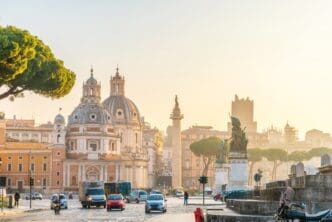Your Essential Overview
- A “historical city” is defined not just by age, but by its enduring legacy, visible evidence of its past, and pivotal role in shaping culture, religion, or governance, often holding UNESCO World Heritage status.
- Globally significant historical cities such as Rome, Athens, Cairo, Jerusalem, Istanbul, Kyoto, and Cusco offer diverse and profound journeys into the origins of civilizations, empires, and cultural milestones.
- To enrich the experience in these historical destinations, travelers are advised to research, consider local guides, wear comfortable shoes, embrace slow travel, and explore beyond the main attractions for deeper insights.
The Destination’s Lore
- Historical cities are distinguished not merely by age, but by their enduring legacy, continuous habitation, and tangible evidence of past pivotal moments that profoundly influenced culture, religion, or governance, offering travelers an immersive educational experience to connect with and understand our shared heritage.
Making the Trip Yours
- Engaging with historical cities offers a unique and profound educational experience, providing travelers with direct immersion into humanity’s past and fostering a deeper understanding of civilizations, cultural origins, and shared heritage. These journeys transcend mere tourism, offering transformative insights into the continuous story of human endeavor and the enduring legacy of pivotal global sites.
Perspectives from the Road
- The article defines a historical city not merely by age, but by its enduring legacy, visible and tangible evidence of its past, pivotal moments witnessed, continuous habitation, significant archaeological remains, a wealth of preserved historical architecture, and profound influence on regional or global history.
- From a traveler’s perspective, historical cities provide an immersive educational experience, connecting visitors directly to humanity’s past and offering unparalleled insights into our shared heritage.
Historical cities offer a profound journey through time, revealing the origins of civilizations, empires, and cultural milestones that have shaped human existence. For travelers seeking more than just a vacation, these destinations provide an immersive educational experience, connecting them directly to humanity’s past and offering unparalleled insights into our shared heritage. This guide will identify some of the most compelling historical cities globally, perfect for inclusion on any discerning traveler’s itinerary, highlighting why their ancient streets and monuments continue to captivate visitors today.
Defining a Historical City: More Than Just Old Stones
A city earns its “historical” designation not merely by age, but by its enduring legacy and the visible, tangible evidence of its past. These are places that have witnessed pivotal moments, served as crucibles of culture, religion, or governance, and whose present fabric is deeply interwoven with millennia of human activity. Often, they boast UNESCO World Heritage status, ensuring their preservation for future generations.
Key criteria include continuous habitation over centuries, significant archaeological remains, a wealth of preserved historical architecture, and a profound influence on regional or global history. Such cities offer a layered experience, where ancient ruins stand alongside medieval structures and modern life, telling a continuous story of human endeavor.
The Essential List: Cities That Transcend Time
Rome, Italy: The Eternal City
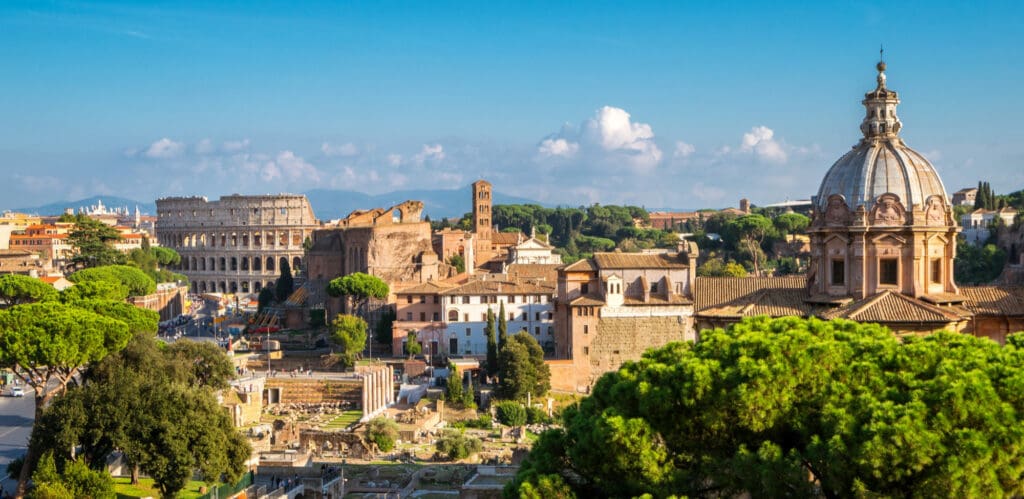
Few cities encapsulate history as comprehensively as Rome, the heart of the mighty Roman Empire and a cradle of Western civilization. From the monumental Colosseum and the sprawling Roman Forum to the spiritual grandeur of Vatican City, Rome offers an unparalleled journey through antiquity, the Renaissance, and beyond. Every corner reveals a new layer, with ancient aqueducts, Baroque fountains, and early Christian basilicas coexisting seamlessly.
Exploring Rome is like walking through a living museum, where the echoes of emperors, gladiators, and popes resonate through iconic landmarks such as the Pantheon and the Spanish Steps. Its profound influence on law, architecture, language, and art makes it an indispensable stop for any history enthusiast. The city’s ability to constantly reinvent itself while preserving its past is truly remarkable.
Athens, Greece: Birthplace of Democracy
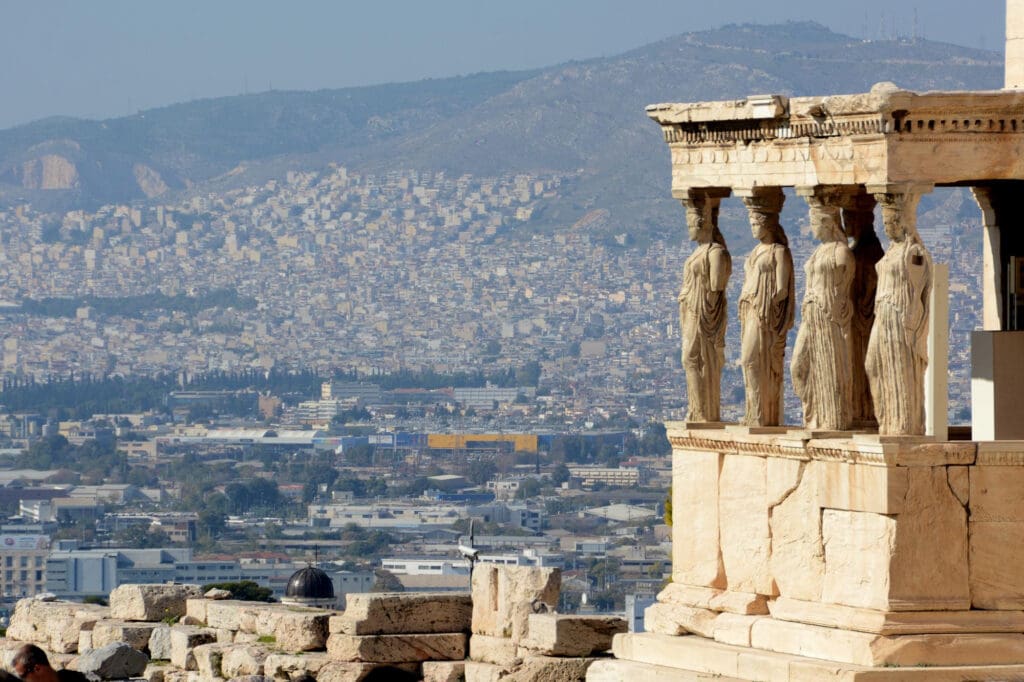
As the capital of Greece, Athens stands as the foundational city for democracy, philosophy, and classical art, shaping the intellectual landscape of the Western world. The majestic Acropolis, crowned by the Parthenon, dominates the skyline, a testament to ancient Greek ingenuity and artistic prowess. Below, the Ancient Agora whispers tales of Socrates, Plato, and the origins of political thought.
Visiting Athens is an immersion into the very roots of Western thought and culture. Beyond the iconic ruins, modern Athens bustles with life, yet its historical significance is palpable in every museum and archaeological site. It’s a city that challenges visitors to ponder the enduring questions of governance, ethics, and human potential.
Cairo, Egypt: Gateway to the Pharaohs
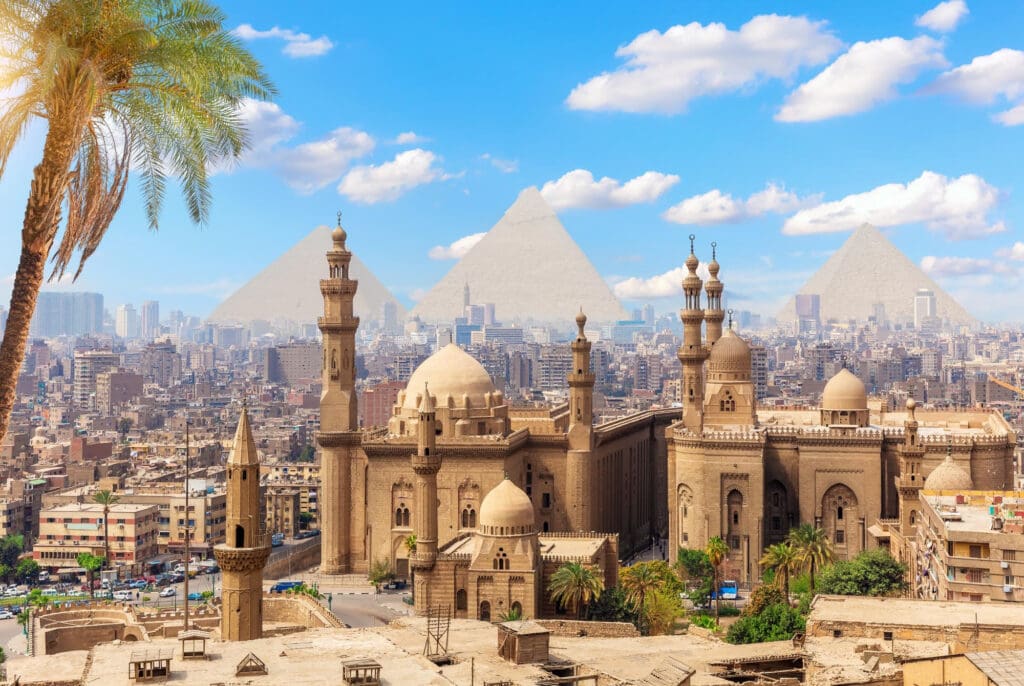
Sprawling along the Nile River, Cairo is a vibrant metropolis that serves as the gateway to ancient Egypt’s unparalleled wonders. The awe-inspiring Pyramids of Giza and the Sphinx stand as enduring symbols of a civilization that mastered monumental architecture and complex spiritual beliefs. The Egyptian Museum, soon to be complemented by the Grand Egyptian Museum, houses an extraordinary collection of artifacts, including Tutankhamun’s treasures.
Beyond the Pharaonic past, Cairo’s Islamic Old City, with its medieval mosques, bustling souks, and historic fortifications, offers a rich tapestry of Mamluk and Ottoman history. The city provides a captivating blend of ancient mysticism and vibrant contemporary life, making it a truly unique historical destination.
Jerusalem, Israel/Palestine: The Holy City
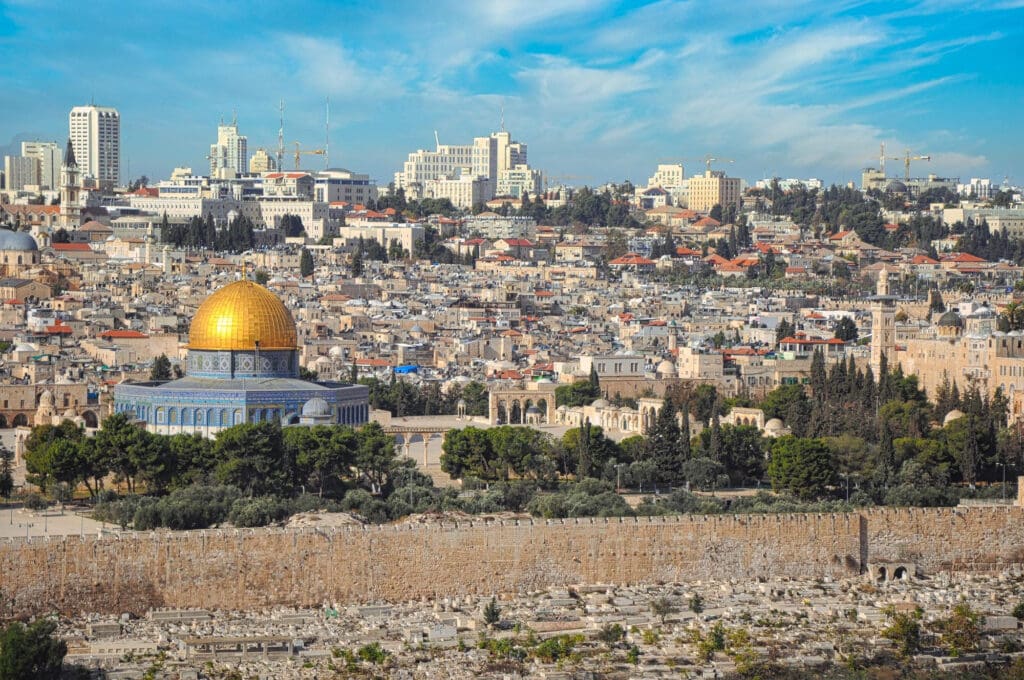
Jerusalem holds immense spiritual significance for three major monotheistic religions: Judaism, Christianity, and Islam, making it one of the most historically and religiously charged cities on Earth. Its ancient Old City, divided into distinct quarters, is home to sacred sites like the Western Wall, the Dome of the Rock, and the Church of the Holy Sepulchre.
Walking through Jerusalem’s narrow, winding streets is a profound experience, where millennia of faith, conflict, and devotion converge. The city’s layered history, from King David to the Roman Empire and beyond, is etched into every stone, offering a deeply moving and unforgettable journey for pilgrims and history buffs alike.
Istanbul, Turkey: Where East Meets West
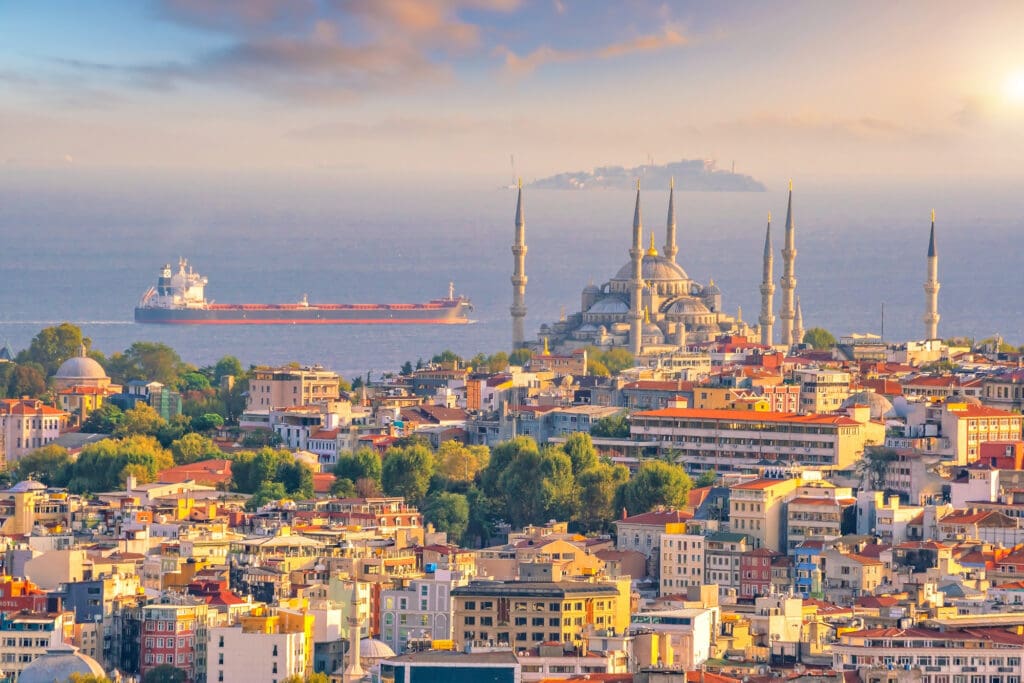
Istanbul, formerly Constantinople and Byzantium, boasts a history as rich and complex as its strategic location straddling two continents. It served as the capital of the Roman, Byzantine, and Ottoman Empires, leaving behind an astonishing architectural and cultural legacy. The Hagia Sophia, a former church, mosque, and now museum, stands as a symbol of this intertwined history, alongside the majestic Blue Mosque and the opulent Topkapi Palace.
The Grand Bazaar and Spice Market offer a sensory journey into centuries of trade and commerce, while the Bosphorus Strait provides breathtaking views of the city’s diverse skyline. Istanbul is a city of incredible contrasts, where ancient walls meet modern skyscrapers, and Eastern and Western traditions harmoniously blend.
Kyoto, Japan: The Soul of Traditional Japan

For over a thousand years, Kyoto served as Japan’s imperial capital, carefully preserving its rich cultural heritage despite modernization. The city is renowned for its exquisite temples, serene Zen gardens, traditional wooden machiya houses, and the enchanting geisha districts of Gion. With over 2,000 temples and shrines, including the iconic Kinkaku-ji (Golden Pavilion) and Fushimi Inari-taisha, Kyoto offers a profound glimpse into Japan’s spiritual and aesthetic traditions.
Kyoto’s commitment to preserving its historical integrity provides visitors with an authentic experience of traditional Japanese life, from tea ceremonies to intricate artisan crafts. It’s a city where ancient rituals and timeless beauty remain at the forefront, offering a tranquil counterpoint to Japan’s bustling metropolises.
Cusco, Peru: Heart of the Inca Empire
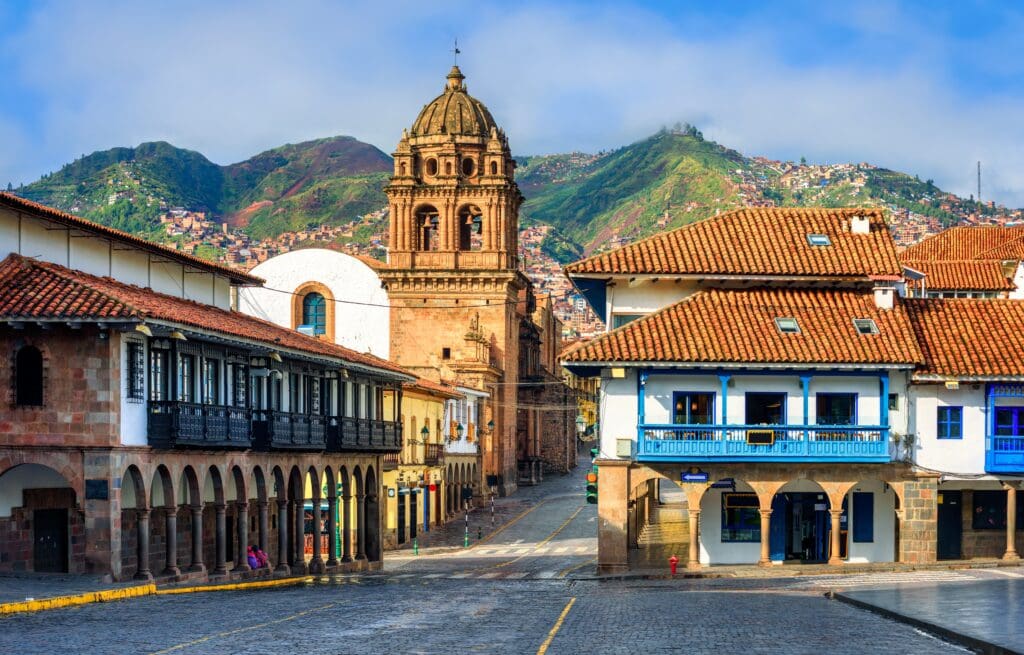
Nestled high in the Andes, Cusco was the historical capital of the Inca Empire, a civilization that left an indelible mark on South America. Its streets are a fascinating blend of Inca foundations and Spanish colonial architecture, with the impressive Qorikancha (Temple of the Sun) and the Plaza de Armas standing as testaments to its dual heritage. The city serves as the gateway to the Sacred Valley and the iconic Machu Picchu, further cementing its historical importance.
Cusco offers a unique opportunity to explore pre-Columbian history, understanding the sophisticated engineering and spiritual beliefs of the Inca. The vibrant indigenous culture, colorful markets, and proximity to world-renowned archaeological sites make it an essential destination for those interested in ancient civilizations.
Tips for an Enriching Historical City Experience
To truly appreciate the depth of these historical treasures, a little preparation goes a long way. Research the city’s key historical periods and major sites before you arrive to maximize your understanding and enjoyment. Consider hiring a local guide, as their expertise can bring ancient ruins and historical narratives vividly to life, offering context that guidebooks often miss.
Prioritize comfortable walking shoes, as exploring these cities often involves extensive walking over uneven terrain. Embrace slow travel; don’t try to see everything in one go. Allow yourself time to absorb the atmosphere, perhaps revisiting a favorite square or museum. Finally, look beyond the main attractions; sometimes, the most profound historical insights are found in less-trafficked neighborhoods or local traditions.
Exploring the world’s most historical cities is an unparalleled way to understand human civilization’s rich tapestry. Each cobblestone street, ancient ruin, and preserved artifact tells a story, offering a profound connection to the past and a deeper appreciation for the present. By including these timeless destinations on your travel list, you embark on more than just a trip; you undertake a transformative journey through history itself, gaining insights that resonate long after you return home.

